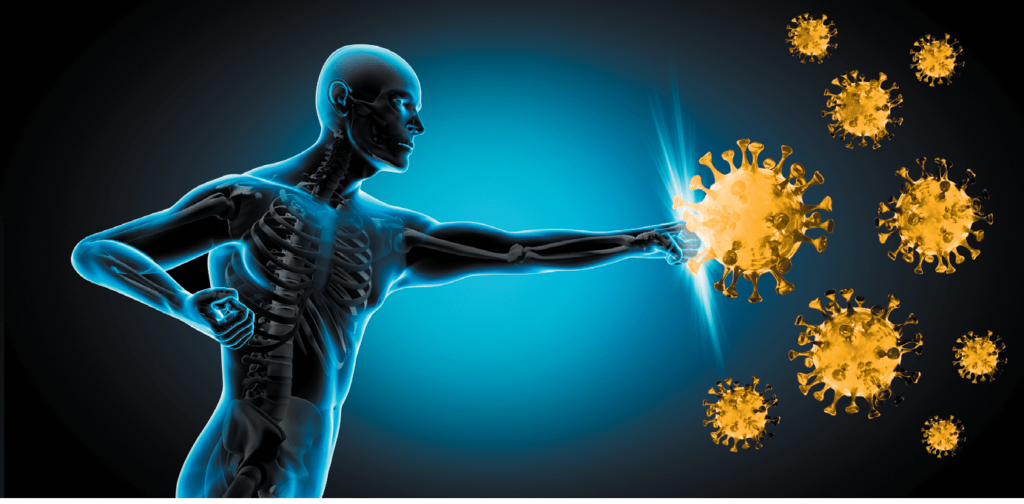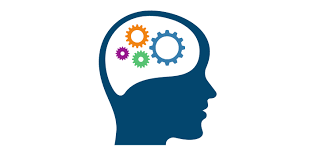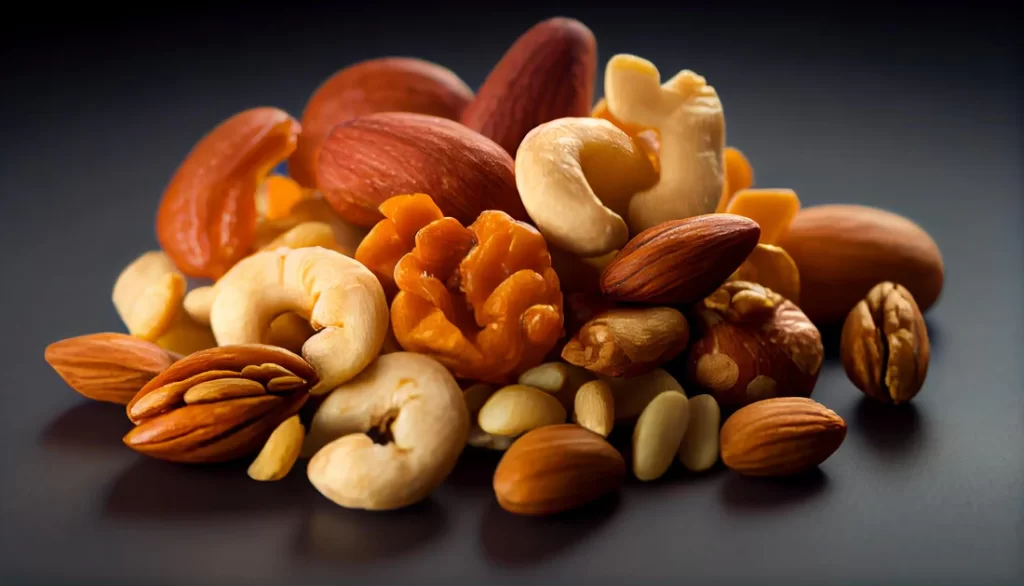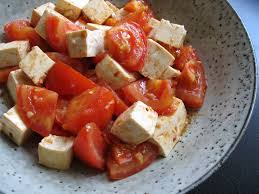Iron is an essential mineral found in the body. Iron plays a central role in many biochemical processes in the body. The body uses iron to make hemoglobin, a protein in red blood cells that transports oxygen throughout the body. Iron also assists with building immunity. Iron deficiency could lead to anemia.
Food has two types of iron — heme and non-heme iron. Heme iron is found in meat, fish and poultry. It is the form of iron that is most readily absorbed by your body. You absorb up to 30 percent of the heme iron that you consume. Eating meat generally boosts your iron levels far more than eating non-heme iron.
Non-heme iron is found in plant-based foods such as fruits, vegetables and nuts. Foods with non-heme iron are still an important part of a nutritious, well-balanced diet, but the iron contained in these foods won’t be absorbed as completely. You absorb between two and 10 percent of the non-heme iron that you consume.
Eating iron rich foods is important as iron is vital in the human body for many of it's complex bodily processes & functions as below.
Iron helps oxygenate the blood

The key function of iron is to facilitate oxygen transport by haemoglobin, the oxygen-carrying pigment of the red blood cells.
Iron helps convert blood sugar to energy

Our bodies need iron to convert blood sugar to energy.
The boosting of haemoglobin production thereby increasing the transport of oxygen by iron helps alleviate fatigue and tiredness.
Whether you’re an Olympic athlete or a regular person with a 9-5 desk job, your body needs iron to perform at its physical and mental best.
Iron boosts the immune system

Iron is vital for the boost of all cells including those of the immune system.
Having an adequate amount of iron in your system will help your immune system to function helping you to support and maintain good health.
Iron aids cognitive function

Iron helps in cognition. Iron deficiency can contribute to impaired cognitive function.
Iron supports healthy skin, hair and nails

Iron supports enzyme systems that are involved in the synthesis of collagen and elastin.
It helps the hair to become vibrant and shiny and it also helps prevent the nails from becoming brittle and dry by keeping them strong and moist..
Our bodies don’t produce iron by themselves and also lose it through a number of ways including menstruation, urination, defecation, sweat and the exfoliation of dead skin cells.
Iron deficiency is the most common nutritional deficiency in the world. This means we need to consume sufficient amounts of it as part of a healthy balanced diet.
Let's now delve into the iron rich foods. The same can be grouped into the following categories:
Meat

Red meat, Beef, Lamb, chicken, turkey, liver.
Red meat is rich in heme iron (as discussed easily absorbable), along with protein, selenium, and zinc. The amount of iron depends on the type of red meat. For every 100 grams of meat, beef has about 2.47 mg of iron & lamb has 1.78 mg.
Eggs have 1.2 mg iron & chicken 1.3mg iron per 100g.
Beef liver contains 6.5 mg of iron, or 36% of the DV required.
Seafood

Tuna, sardines, mackerel, Oysters, scallops, shrimps, shellfish
Seafood is also a good source of iron, depending on the species. The species high in iron includes oysters with 8.26 mg iron, scallops with 3mg of iron and tuna 1.6mg iron.
Green leafy Vegetables

Spinach, sweet potatoes, peas, Broccoli, beet greens, kale, chard
Leafy greens can help fight iron deficiency because they contain non heme iron which are high in Vitamin C which helps the stomach absorb iron.
Spinach is an example of non-heme iron, containing about 2.71 mg for each 100 grams of leafy greens. This dark green vegetable also contains 28.1 mg of vitamin C and 558 mg of potassium, among other nutrients, further supporting your health and improving iron absorption.
Beetroots contain 0.8mg of iron & help repair red blood cells, which in turn increase oxygen supply in the body.
Broccoli contains 0.7mg per 100g iron.
Kale is also packed with iron; about 1.5 to 1.9mg per 100g.
Chard contains 1.8mg iron per 100g
Fruits

Avocado, strawberries, watermelon are iron-rich fruits
Avocados have a high iron concentration in addition to being rich in fiber and monounsaturated fatty acids. Every 100 grams of avocado provides 0.9 milligrams of iron. They are also a good source of folate & Vitamin K.
Strawberries contain 0.68 mg iron per 100g and also provide Vitamin C which aids in the absorption of iron.
100 grams of watermelon has about 0.24 gm of iron & it also contains Vit C, lycopene & beta carotene which help the body absorb iron.
Bread & Fortified Cereals

White bread (enriched), Whole wheat bread, Enriched pasta, Wheat products, Bran cereals, Corn meal, Oat cereal, Cream of Wheat, Rye bread, Enriched rice, Quinoa
Wheat, millets, oats, brown rice and quinoa all contain iron. 100 gms of oats contain 4.7 mg of iron while quinoa contains 1.5 mg of iron. Wheat has 3.9 mg of iron per 100 gms while millet contains 3 mg
Nuts & Seeds

Cashews, macadamia nuts, pine nuts, almonds, pistachios, pumpkin seeds, sesame seeds, flax seeds
Pumpkin seeds are an excellent source of iron, with 8.52 mg for every 100 grams of dry seed. Eating pumpkin seeds also gives you plenty of copper, manganese, and zinc
100 grams of pistachios contain 3.9 mg of iron while cashews contain 6.7 mg of iron.
Almonds contain around 5.4 mg iron per 100 grams.
Legumes & Lentils

Beans (kidney, garbanzo, or white, canned), Dried peas, Dried beans, Chickpea, edamame
Legumes like peas, lentils, chickpeas, soybean and different types of beans, all are good sources of iron, especially for vegetarians & vegans. Beans contain around 5 mg of iron per 100 grams while peas contain around 1.5 mg. Chickpea has 6.2 mg of iron per 100 grams while lentils have 3.3 mg
Dried fruit

Dried Apricots, Raisins, prunes, and dried peaches, dates, figs.
When considering foods rich in iron, sometimes dried fruit is better.
For example, dried apricots contain almost seven times more iron than fresh fruit. Dried apricots have 2.66 mg of iron, but they’re also a good source of fiber, potassium, and beta-carotene.
Raisins also contain 2.6mg of iron. The amount of iron in dates is about 0.3 mg to 10.4 mg per 100 g. Therefore, eating a few dates daily will provide your body’s daily iron.
Other foods

– Tomato products (e.g., paste)
– Instant breakfast
– Corn syrup
– Maple syrup
– Molasses
– Tofu
– Dark chocolate
Iron as we saw is essential for a number of bodily functions and hence consuming iron rich foods is important for all to maintain optimal health.